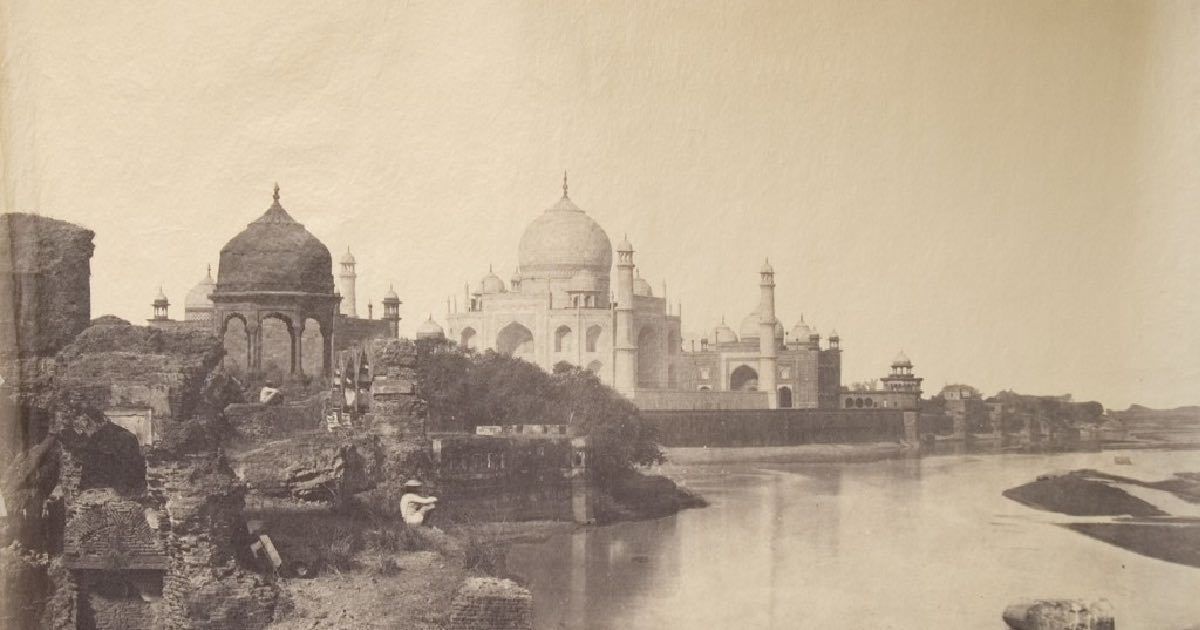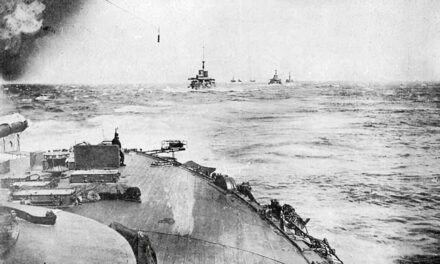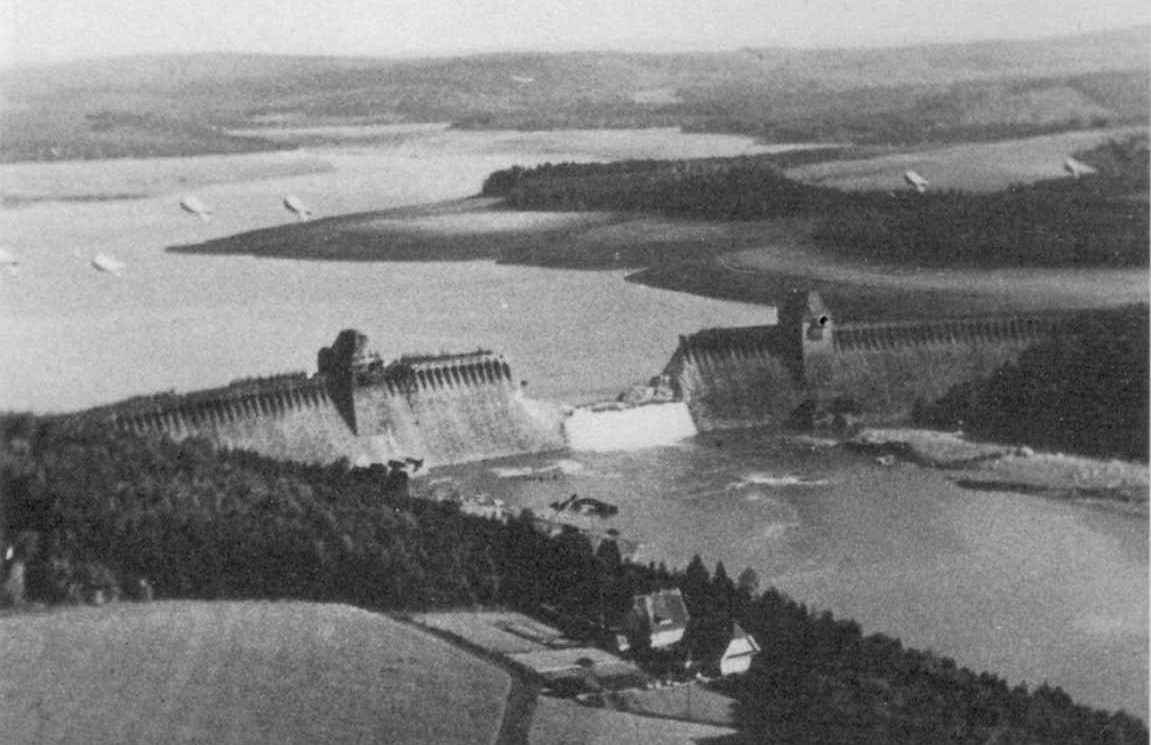History Guild General History Quiz 85
See how your history knowledge stacks up!
Want to know more about any of the questions? Once you’ve finished the quiz click here to learn more.
Have an idea for a question? Suggest it here and we’ll include it in a future quiz!
The stories behind the questions
1. What was the purpose of the Taj Mahal when construction was begun in 1632?
Mausoleum – Mughal Emperor Shah Jahan built the Taj Mahal as a Mausoleum for his favourite wife, Mumtaz Mahal.
2. Who conquered Gibraltar in 711 CE?
Umayyads lead by Tariq ibn Ziyad – He led a large army and crossed the Strait of Gibraltar from the North African coast. The name “Gibraltar” is the Spanish derivation of the Arabic name Jabal Tariq, meaning “mountain of Tariq”, which is named after him.
3. Who painted the ceiling of the Sistine Chapel in Rome?
Michelangelo – Between 1508 and 1512 Michelangelo worked to create this biblical scene.
4. What vehicle is this?

Universal or Bren Gun Carrier – This vehicle was used widely by British Commonwealth forces during the Second World War. Universal Carriers were usually used for transporting personnel, equipment and support weapons, or as machine gun platforms. With some 113,000 built between 1934 and 1960 in the United Kingdom and abroad, it is the most produced armoured fighting vehicle in history.
This carrier is operated by men of the 2/5th Victorian Battalion who are preparing for the Invasion of Vichy French Syria.
5. What year was construction of the Great Wall of China begun?
221BCE – King Zheng of Qin unified China as the First Emperor of the Qin dynasty and ordered the destruction of the walls that divided his empire. To defend the empire against the Xiongnu people from the north, however, he ordered the building of new walls to connect the remaining fortifications along the empire’s northern frontier.
6. When were African slaves first brought to what is now the USA?
1619 – A Dutch ship brought 20 African slaves to the British colony in Jamestown, Virginia. This was the first of the estimated 10.5 million African slaves brought to the USA.
7. What proportion of Australia’s submarine force was lost during WW1?
100% – Australia entered WW1 with two submarines, AE1 and AE2. They were sent from to German New Guinea with the Australian Naval and Military Expeditionary Force to help capture the German colony. After this operation AE1 left Rabaul harbour to patrol Cape Gazelle. It never returned and no trace of it was found at the time. It was finally discovered in 2017, with it’s loss likely caused by a diving accident.
AE2 was deployed to the Dardanelles and ordered to “run amok” in the Sea of Marmara. No other submarine had managed to breach the heavily mined and defended channel, but in the early hours of 25 April 1915 AE2 made it through. After engaging a Turkish torpedo boat, it reached the Sea of Marmara and attacked Ottoman ships for five more days before sustaining damage that required the submarine to be scuttled. The crew were taken prisoner and spent the rest of the war in Ottoman captivity.
Their attacks disrupted the Ottoman reinforcement of their troops defending Gallipoli, contributing to the success of the Allied landings.
8. How much of San Francisco was destroyed in the 1906 earthquake?
80% – More than 3,000 people died, and over 28,000 buildings were destroyed in the earthquake and resulting fires.
9. Who founded the Black Panther Party?
Bobby Seale and Huey Newton – In 1966 the party was founded in Oakland, California. Initially the Black Panther Party’s core practice was its open carry armed citizens’ patrols to monitor the behaviour of officers of the Oakland Police Department and challenge police brutality in the city. From 1969 onwards they began a variety of community social programs addressing medical and food insecurity issues. The party was active until 1982, with chapters in many major cities and international chapters in Britain and Algeria.
10. Who was the first empress of India?
Victoria I – In 1877, Benjamin Disraeli, British Prime Minister, proclaimed Queen Victoria Empress of India. India had been under crown control since 1858, but this title was a gesture to further link the monarchy with the empire and bind India more closely to Britain.
The title was dropped in 1948 when George VI became king of the new dominions of India and Pakistan under the Indian Independence Act 1947. The monarchies were abolished upon the establishment of the Republic of India in 1950 and the Islamic Republic of Pakistan in 1956.





